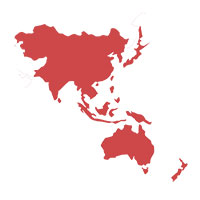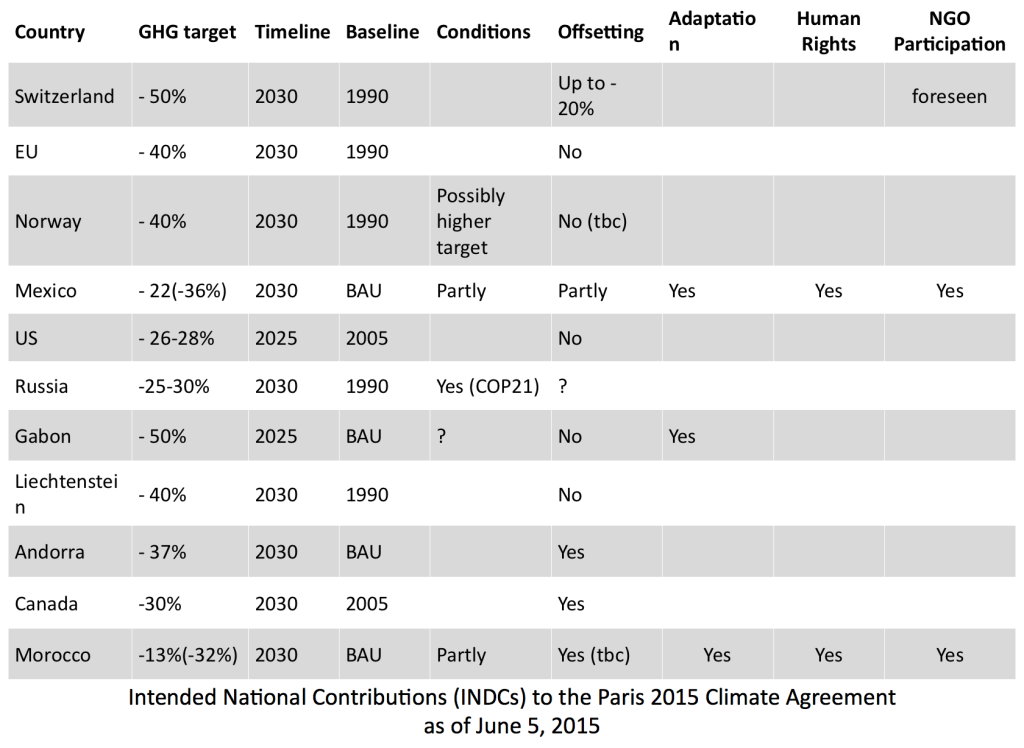RIP RET: Australia’s Climate Change Commitment Continues to go Down Under
Jayden Holmes | June 9, 2015.
The bad news from down under continues to flow, as Australia’s lower house passes a woeful review of the renewable energy target (RET), with bipartisan support from the two major political parties. The review allows for the burning of native forests to be counted as a ‘renewable energy’ source.
For Australians this won’t come as a surprise, given the government’s failed attempt to delist 70,000 hectares of world heritage forest in Tasmania just last year. The move marks yet another attack on not only old growth forests in Australia, but also the renewable energy sector, by undermining investment in technologies that actually reduce greenhouse gas emissions.
The RET review has reaffirmed the government’s lack of commitment to climate change action. Australia is one of the few countries moving backwards on renewable energy, as the rest of the world continues to move forwards. The current RET places the country in a position to generate 23.5 per cent of its energy needs from renewable sources by 2020. Questions arise over how much of this will now be achieved through deforestation.
At the current United Nations (UN) climate change conference in Bonn, Germany, delegates (from civil society and other governments alike) have consistently viewed Australia as one of the world’s worst performers on climate action. Asad Rehman from Friends of the Earth said that Australia has been singled out as a “climate change free-rider”. Australia has not yet met its dismal pledge of a mere five per cent reduction in greenhouse gas emissions by 2020—a pledge which Rehman referred to as “criminal”.
Paradoxically—like many developed countries—Australia continues to provide subsidies to the fossil fuel industry. A report published in 2014 found that the energy companies are subsidised four billion Australian taxpayer dollars every year to support coal exploration. This annual amount is 80 times greater than Australia’s most recent pledge to the Green Climate Fund (GCF) in Lima last year. The GCF pledges currently total US$200 million over four years and—worse still—is siphoned from existing aid budgets.
With less than six months to go until the year’s biggest climate change event—the 21st Conference of the Parties (COP21) in Paris—Australia has yet to publicly release its Intended Nationally Determined Contribution (INDC). INDCs have already been released by the European Union, Canada, Mexico, Morocco, Norway, Russia, Switzerland and the United States (to name a few).
Source: Sébastien Duyck based on information available on the UNFCCC portal
During a multilateral assessment, the Australian ambassador for the environment Peter Woolcott claimed that Australia’s unconditional pre-2020 target is “fair and equitable”, and “comparable to other OECD countries”. By ‘fair and equitable’, Woolcott is referring to a measly five percent reduction target in greenhouse gas emissions, based on 2000 levels. Australia continues to be a follower, if not a laggard, on climate change.
While Woolcott and Australian environment minister Greg Hunt are adamant that Australia will meet its five percent target, the modelling to support this has yet to be completed. In addition to the sparse policies at hand, this shows a lack of transparency and accountability. It also works against the spirit of good will that other countries have carefully constructed within the negotiations. Erwin Jackson of The Climate Institute said that: “The government appears to be inflating the impact of its actions to 2020 without providing any estimate of the pollution reductions it will deliver. Its responses raise more questions than it answers”.
To add insult to the embarrassing GCF contributions, Woolcott attempted to shift blame to the developing world, asking for contributions from ‘others’ that recognise that the world is a very different place than it was in 1992. While it is important to recognise the changing roles that all countries can play in combating climate change, particularly the roles of emerging economies, Australia remains the world’s highest per capita carbon dioxide emitter.
It is understood that the Australian delegation is under instructions to “be constructive” at the Bonn climate talks. Yet at a domestic level, the government remains committed to its path of careless destruction. This must change now if Australia intends to come to the table in Paris later this year and contribute to building a better world.
The Australian Cabinet is expected to make a decision on the INDC later this month with an announcement in July 2015.














comment